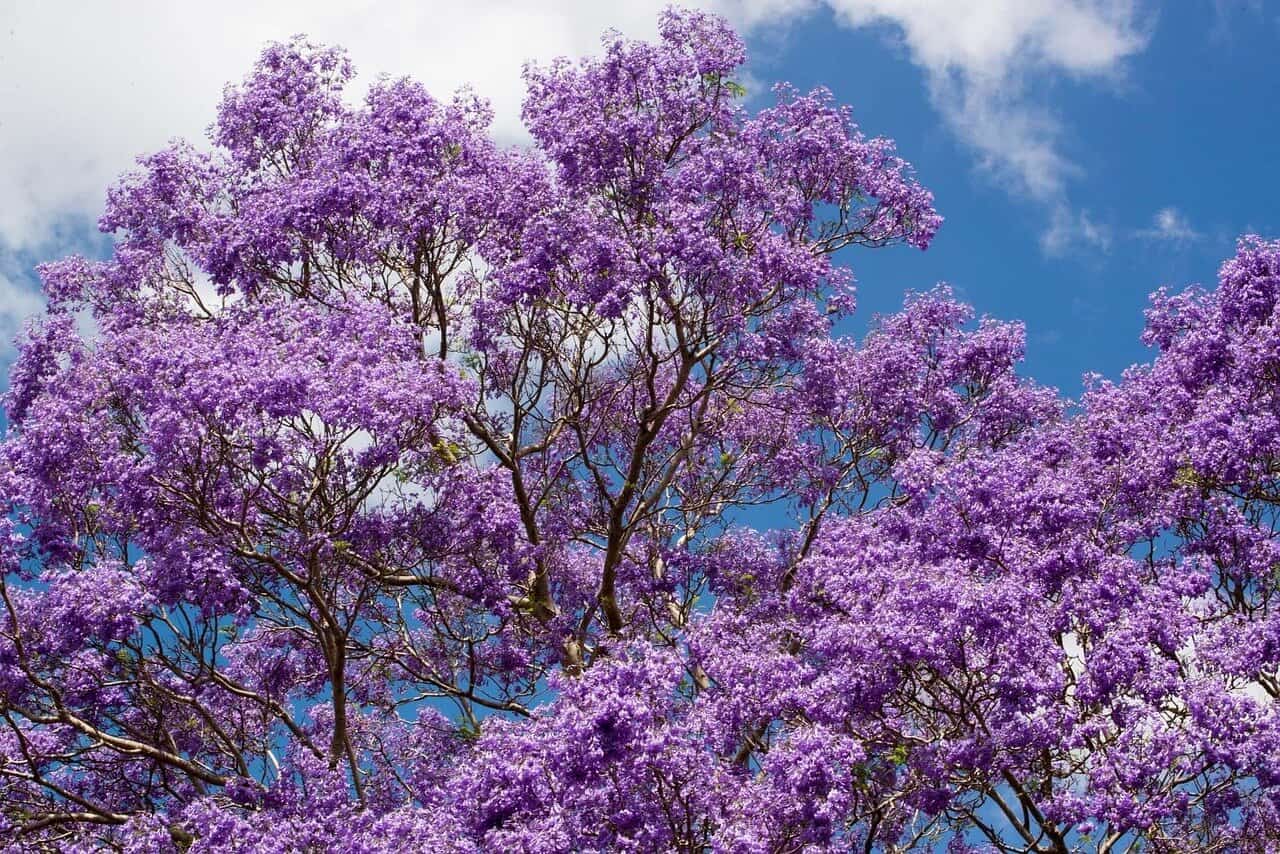Costa Rica’s subtle seasonal changes offer orientation when spring, summer, autumn and winter aren’t there to structure the passage of time. Spring is here, a season that draws out a grateful sigh for the return of light, heat and the pending harvest. At least, that is the case in northern latitudes where changes in the daylight hours are profound. In the tropics, however, those assets are easy to come by all year long—so what does spring even mean?
I’m still figuring it out. The northern climate lives in my head, and seasonal illusions occur all the time. I’ve seen morning frost on the lawn when it’s really a sheen of silvery raindrops on the grass. On cloudy days, I sometimes hunch my shoulders against a cold wind even as I step out into the balmy breeze. One evening, I spotted snow melting in the corner of a garden. Wait, I thought, it’s not spring. Actually, it wasn’t even snow. It was the white fluff that carries away the seeds of the ceiba tree on the night breeze.
These disconnects have shown me how climate is integrated into the apparatus of my internal clock. I feel adrift without the rotation of four distinct seasons and there’s a mild disorder to my days without them.
The security of known seasonal rhythms
The tropical climate cycles through two seasons: invierno (roughly, May to November), with daily rains, and verano (December to April), the drier days of summer. But the temperature and daylight hours don’t change much along the way. These gentler transformations can be elusive when you are used to such bold signals as a sudden blanket of snow turning the world white all the way to the horizon. But change is not invisible in the tropics—and the seasons have their own rhythms that reveal themselves over time. Like the migratory birds that come to nest in the trees and then move on, or the arrival of fruits and flowers from month to month.
Recently, I noticed that the jacaranda tree on the driveway is in flower again. Looking closer, it seemed the purple blossoms were less bountiful than I recalled. So, I dug up a photo that I took when it last bloomed for comparison. Well, it turns out that I snapped those beauties on the very same day in mid-April, one year ago. I was delighted to add this temporal marker to my small but growing pile of seasonal touchstones.
Tasting my way through a new harvest calendar
A new timestamp taking shape for me is the sequence of seasonal foods. Spring was incomplete when I was growing up without the wild fiddlehead harvest in Ontario. Tiny riverside ferns emerge as tight, tasty coils that soon unfurl into bitter leaves. It was a delicious, fleeting event every year. I used to have a round calendar with inserts cut out so you could turn the dial and see when fiddleheads, beans, peaches or tomatoes would be rolling into the farm markets. You didn’t want to miss them. Now, I am discovering new ones.
Last December, I had the joy of receiving tamales, a kind of corn-flour pillow stuffed with vegetables or meat in a plantain leaf wrapper. These treats are twinned, tied up with string and presented as a gift in the Christmas season. What a wonderful tradition. This morning, I had a fresh avocado with my breakfast—scrambled eggs and the sliced fruit tucked into a crisp-fried, folded tortilla. It was my first of the year from the tree outside our bedroom window. I was alerted to their readiness when Rafael, our neighbor, friend and caretaker, brought over a handful of the ripening fruits. He always sees a harvest coming long before me.
Newly anchored in the flow of the year
The tropical spring is not as sensational as the full thaw of a northern winter’s end. Instead, the equatorial cycles reward close attention—spotting the green avocados on the tree, recognizing when the afternoon thunderstorms become more regular, and taking note of the business of wildlife, including the insects and birds. What I’m learning isn’t simply a new set of indicators to mark the same patterns but a recalibration of seasonality itself. The transitions may be less dramatic but the flowers, fruits, birds and celebrations are no less striking than those in the north. You don’t want to miss them.
Julie Pollock is a Canadian who owns a home with her family on the South Pacific coast.
julie@julie-pollock.com
Julie Pollock Consulting






